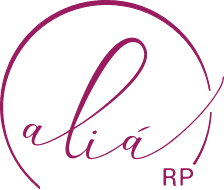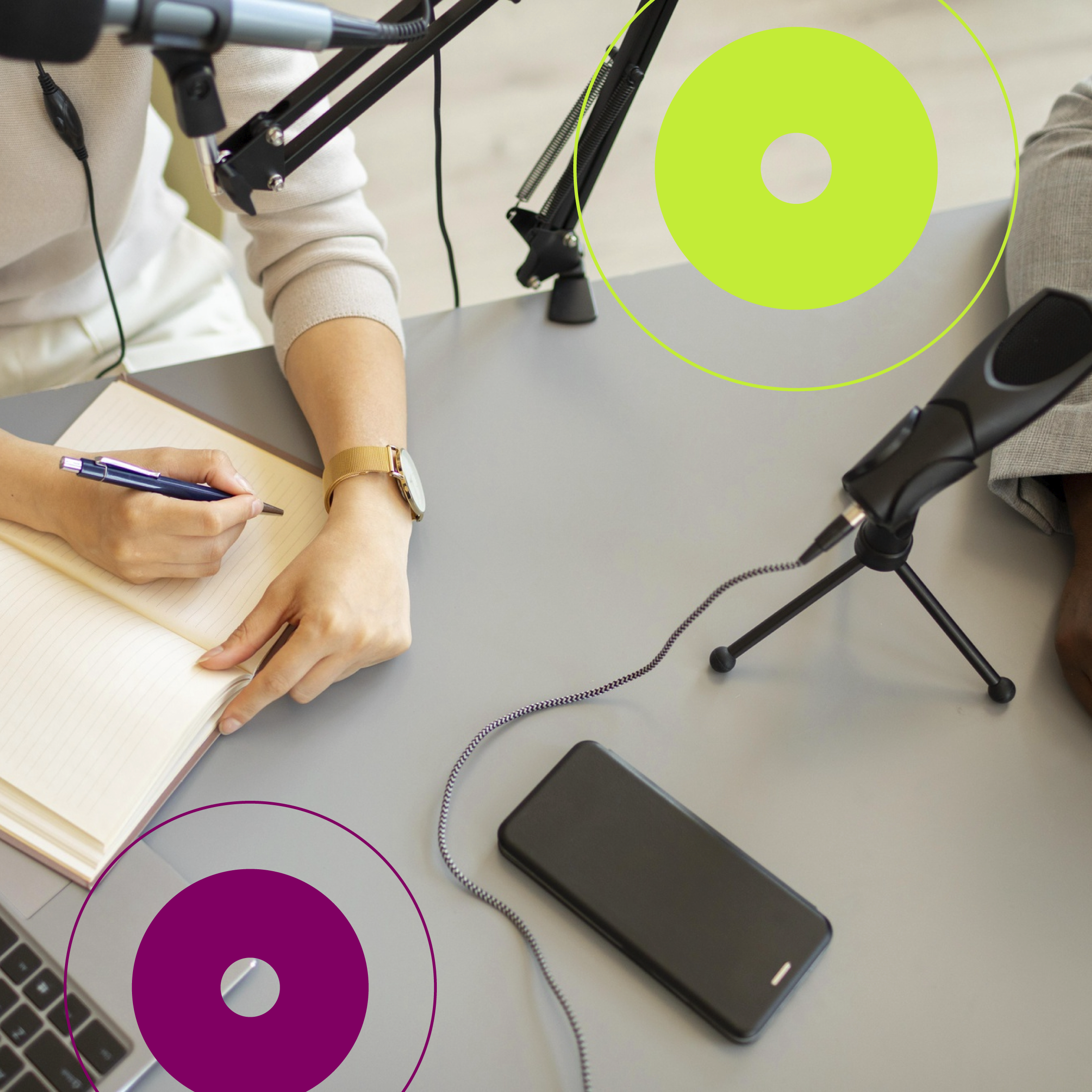Before boosting, you need a plan.
The media plan is the tool that translates strategy into action, connecting content, investment, and results. It defines where the brand should be, what it should communicate, and how much to invest to reach the right audience.
In practice, it serves as a roadmap for all digital efforts: organic content that builds reputation, and paid media that expands reach and drives conversion. Without a plan, publishing becomes a game of trial and error. With one, every post has a clear purpose, a set budget, and a success indicator.
1. Understand the Context and Define Objectives
The first step is to align the media plan with the brand’s broader communication strategy.
Is the goal visibility? Engagement? Conversion? Each objective calls for a specific tone,
approach, and content format. From the start, define KPIs such as Reach, Engagement Rate,
CTR (Click-Through Rate), and CPA (Cost Per Acquisition). These indicators will serve as
benchmarks to assess whether the strategy is delivering tangible results, be it awareness,
relationship-building, or sales.
2. Map and Segment Audiences
No media plan works without a clear understanding of the audience. Before boosting, it’s
essential to define audience segments based on data:
- – Primary audience: those already engaged with the brand (e.g., followers, email lists,
website visitors). - – Lookalike audience: people with similar profiles to the existing audience, ideal for
scaling reach. - – Cold audience: those unfamiliar with the brand but who match the defined demographic and interest profiles.
Segmenting your audience allows you to allocate budget efficiently and tailor content to each
stage of the journey: attract, engage, convert, and retain.
3. Structure the Plan
The media plan should compile all key operational elements, including:
- – Content calendar: dates, topics, formats, and channels
- – Budget allocation: how much will be spent, and on which campaigns
- – KPIs: performance goals for each content type and initiative
4. Track, Analyze, and Optimize
A good media plan is dynamic. Tracking metrics allows you to refine what works and rework what doesn’t. High CPM (Cost Per Thousand Impressions) may signal the need to revise targeting; Low CPC (Cost Per Click) with high engagement indicates strong performance; Rising
retention rates suggest alignment between content and audience interest.
Regular analysis turns data into insight, and insight into optimization.




